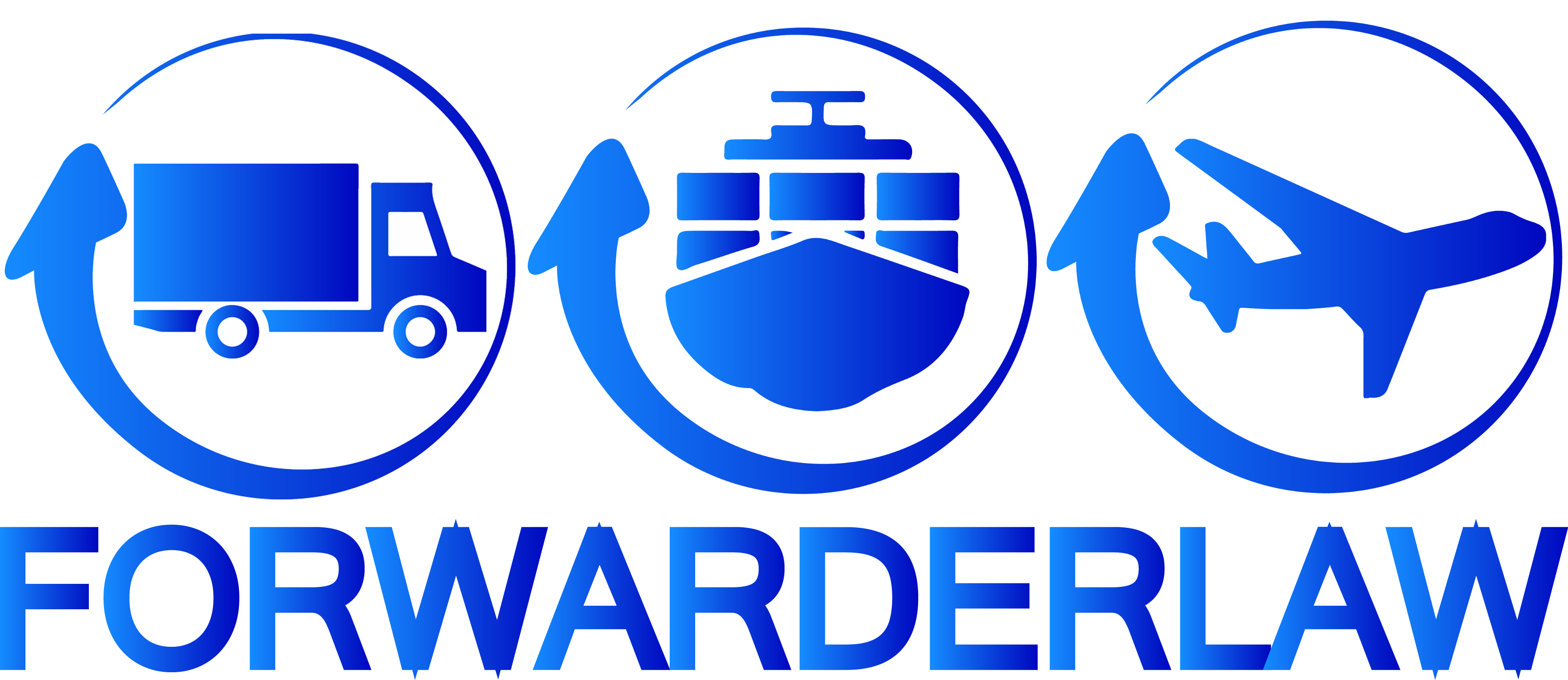Paul Bugden, Bugden + Co., London
Ref: Glencore Energy UK Ltd v Freeport Holdings Ltd (The Lady M) [2017] EWHC 3348 (Comm) Popplewell J.
This case raised (on a determination of agreed preliminary issues on agreed facts) some significant points under the Hague-Visby Rules; namely whether the carrier’s IV.2 (b) defence was capable of exempting the Owners from liability where the fire was deliberately or barratrously caused by the vessel’s own chief engineer and if not whether the Owners could rely instead on the Article IV Rule 2 (q) “any other cause” exemption.
Article III.2 of the Rules reads as follows;
Subject to the provisions of Article IV, the carrier shall properly and carefully load, handle, stow, carry, keep, care for, and discharge the goods carried.
and Article IV.2;
Neither the carrier nor the ship shall be responsible for loss or damage arising or resulting from:-
(a) Act, neglect, or default of the master, mariner, pilot, or the servants of the carrier in the navigation or in the management of the ship.
(b) Fire, unless caused by the actual fault or privity of the carrier.
(c) Perils, dangers and accidents of the sea or other navigable waters.
[…]
(q) Any other cause arising without the actual fault or privity of the carrier, or without the fault or neglect of the agents or servants of the carrier, but the burden of proof shall be on the person claiming the benefit of this exception to show that neither the actual fault or privity of the carrier nor the fault or neglect of the agents or servants of the carrier contributed to the loss or damage.”
The agreed and assumed facts for the purposes of the preliminary issues before the court were that the perpetrator of the fire was the Chief Engineer acting alone and that at the time of starting the fire deliberately and with intent to cause damage he was;
a) under extreme emotional stress and/or anxiety due to the illness of his mother,
b) alternatively, suffering from an unknown and undiagnosed personality disorder and/or mental illness,
c) alternatively, neither of the above.
As to the IV.2 (b) ‘fire’ defence the judge held that there is no policy reason for reading the word fire in a restrictive way. It is of the essence of barratry that the shipowner’s servants are acting contrary to his interests and in breach of the trust reposed in them by him.
There was he thought nothing unjust in shipowners being entitled to exclude their liability from the consequences given that the hallmark of barratry is wrongdoing by the crew against, rather than on behalf of the shipowner and it is in such a situation that the rationale for the existence of the exclusion of liability might on one view appear most applicable.
Whilst shipowners had been unable to bargain for a blanket exculpation for barratry in the negotiations leading to the Hague Rules the judge thought it nevertheless still consistent with principle that the exempted perils for which they successfully bargained should extend also to those which were barratrously caused.
The judge proceeded to define barratry as;
a) a deliberate act or omission by the master, crew or other servant of the owners,
b) which is a wrongful act or omission,
c) to the prejudice of the interests of the owner of the ship or goods (whether or not such prejudice is intended), and
d) without the privity of the owner.
In order for the act or omission to qualify as wrongful for the purposes of (a) above the judge held that it must be what is generally recognised as a crime, including the mental element necessary to make the conduct criminal or at least a serious breach of duty owed by the person in question to the shipowner, committed by him knowing it to be a breach of duty or reckless whether that be so.
The answer to the first preliminary issue was therefore that on the assumed and agreed facts the actions of the chief engineer may or may not have constituted barratry, depending upon further facts as to his state of mind which have not been agreed or assumed.
As to the IV.2 (q) ‘any other cause’ defence given that the judge had decided, as above, that the Article IV. 2 excepted perils might still be applicable even if barratrously caused the main question under this issue was whether the acts of the chief engineer were properly to be regarded as that of ‘a servant’ of the carrier so as to come within the proviso excluding the exclusion where the fault or neglect was that of the agents or servants of the carrier.
The defendant shipowner argued that according to the Court of Appeal decision in The Chyebassa the proviso to this exception did not apply if the servant was acting outside the scope of his employment as such concept is defined in the English law of vicarious liability for tortious wrongs. On this basis it was argued that the agreed and assumed facts were insufficient to give an answer to issues such as the precise scope of the chief engineer’s duties, and whether he was on watch or on duty when he started the fire in the middle of the night.
The judge confessed to ‘an instinctive hostility’ towards interpreting the terms and application of Rule 2(q) by reference to the principles of English law governing vicarious liability in tort, for two reasons.
Firstly it seemed to him that this approach was contrary to the construction of an international treaty required by the Vienna Convention, and in particular to the principles applicable to construing the Hague Rules. The framers of the Rules cannot he thought have had in mind the application of the peculiarly domestic principles of English tort law, especially so when that law was not then the subject matter of international consensus, and has been subject to continual change over the last century.
Secondly the judge thought that in applying the current English law vicarious liability test of a sufficiently close connection between the misconduct and the field of activities in which the employee is employed notions of social justice are engaged but that these considerations were inapposite to the allocation of contractual responsibility in an international contract of carriage by sea.
The judge however did not need to determine whether The Chyebassa compelled him to apply that test as even applying domestic English law principles of vicarious liability he had little hesitation in holding that the chief engineer was indeed acting within the scope of his employment on the agreed and assumed facts.
Accordingly the Owners were not exempt from liability for the fire under Article IV Rule 2(q).

